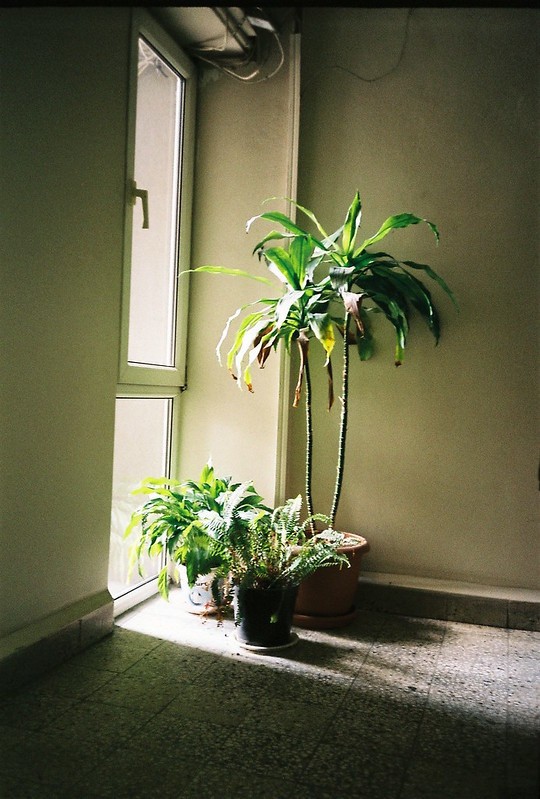
Millennials love their house plants, and there are countless reasons why many of them would opt to dedicate their time in collecting plants. One of the reasons that encourage people to invest in house plants is the claim that these indoor plants can help improve the air quality of the room.
Unfortunately for indoor plant enthusiasts, that is not the case. A recent study made by scientists from Drexel University in Philadelphia claimed that adding indoor plants does not really help in removing airborne volatile organic compounds.
A WIDELY KNOWN MISCONCEPTION
In the study entitled "Potted plants do not improve indoor air quality: a review and analysis of reported VOC removal efficiencies," published in Nature Journal of Exposure Science and Environmental Epidemiology, lead researcher Michael Waring, Ph.D. explains: "Improving indoor air quality through installation of potted plants has been a common misconception for some time. Plants are great, but they don't actually clean indoor air quickly enough to have an effect on the air quality of your home or office environment."
The study took a much closer look at decades-worth of research that suggests air quality in homes and offices can be greatly improved by placing potted plants. In the previous literature regarding this matter, it is emphasized that natural ventilation accomplishes the air-purifying job more than the plants. These natural ventilation allows air exchange in indoor environments and dilutes the concentrations of volatile organic compounds present.
With that, it challenges NASA's high-profile experiment in 1989, which somehow contributed to the creation of the myth that potted plants help to purify air. NASA conducted this experiment to find out how to clean the air on the International Space Station and declared that plants can help remove toxic chemicals from the air. However, this experiment was done on a sealed chamber or a contained environment that is very different from houses and offices.
CLEAN AIR DELIVERY RATE
The review was done by Waring and his student Cummings who conducted their own experiment by using them to calculate the clean air delivery rate or CADR. They used this calculation in all the previously done experiments and found that the rate which plants dilutes volatile organic compounds in the air inside sealed chambers is slower compared to the standard rate of air exchange in a building proving again that the overall effect of plants in air purification is little and irrelevant. Waring explained, "the CADR is the standard metric used for the scientific study of the impacts of air purifiers on indoor environments. However, many researchers conducting these studies were not looking at them from an environmental engineering perspective and did not understand how building air exchange rates interplay with the plants to affect indoor air quality."
© 2026 ScienceTimes.com All rights reserved. Do not reproduce without permission. The window to the world of Science Times.











